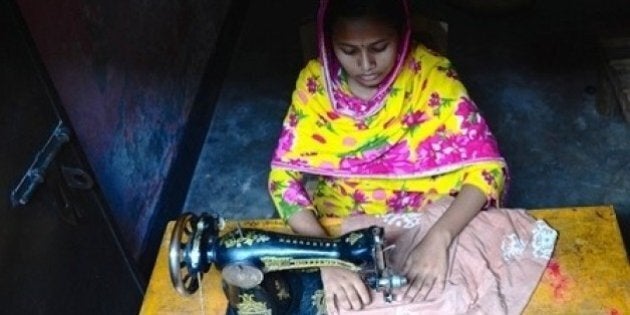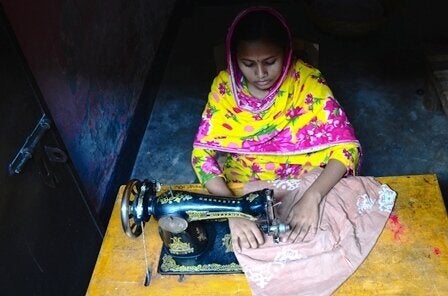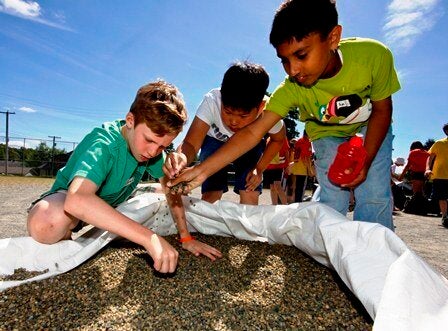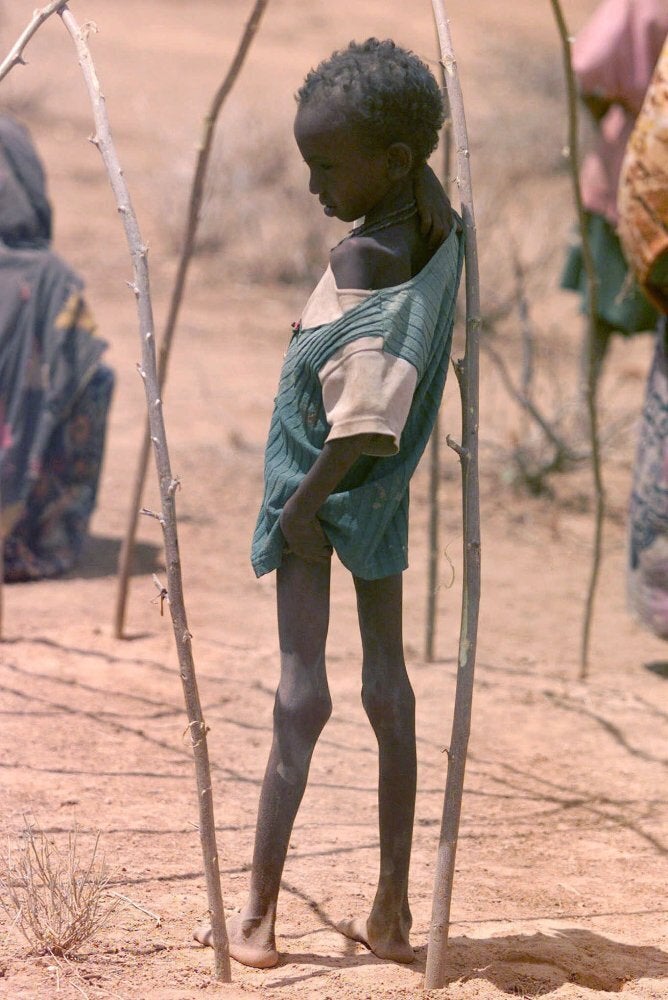

While my son Gavin has household chores, he also attends school each day and and has loads of time to play.
With my son Gavin turning 10 next month, I'm realizing he's on the cusp of adolescence. Although he still let's me sing to him in his bed at night, I'm on borrowed time. It could be just months before I hear that first tentative "ugh...mom?" as I start my usual song.
I know, too, that Gavin is ready for more challenges and responsibilities in life. I often wonder if I'm giving him enough age-appropriate jobs to do around the house. He already makes his own lunches, unloads the dishwasher, helps sort and fold the laundry and does those jobs pretty well. Is he ready to take on more demanding tasks?
The internet is buzzing with discussions about which chores are appropriate for children at various stages of development. According to a chart published by Montessori, children of 10 likely have the capacity to vacuum the rugs, "deep clean" the kitchen and sew on their own buttons. These are all the kinds of things I'll consider teaching Gavin. Partly because he would grow from the challenge and partly because I could use a breather.
I draw the line at jobs that would put Gavin in some kind of danger, or interfere with school, rest or play. And according to a recent Ipsos Reid survey commissioned by World Vision Canada, most Canadians feel the same way. While 89 per cent of Canadians surveyed felt that household chores were okay for children of Gavin's age:
- Only 12 per cent feel a 10-year-old child should use heavy machinery in a factory or farm.
- Only 12 per cent feel a 10-year-old child should engage in manual labour, like digging or carrying heavy loads.
- Only 9 per cent feel a 10-year-old child should use chemicals and/or pesticides.
- Only 7 per cent feel that a ten-year-old child should drop out of school to work in a restaurant.
Wait a minute -- drop out of school to work in a restaurant? That's nothing I would consider for Gavin, not even for a minute. He's just a child, after all -- only ten years old. He deserves the chance to live in safety, enjoying time to play with his friends. And he needs to get an education, so he can choose what he wants to do with his life.
I'm sure that many Canadians would feel a similar outrage, if asked what kinds of jobs their kids should be required to do. So on World Day Against Child Labour, World Vision is asking Canadians a simple question: if child labour is not acceptable in Canada, why should it be acceptable elsewhere?
Having travelled with World Vison to countries where children work, I can see that life is often much tougher there -- even in families where children do attend school. Everyone pitches in with work around the house, much more than my kids do. Children Gavin's age carry water, chop wood, care for livestock and cook over open fires. And yes, when extra help is needed to bring in crops at harvest time, children do miss school to pitch in. But that's not the kind of child labour I'm referring to here.
I'm talking about child labour like I've seen in the poorest regions of the world. Like the boys I met last year in Bangladesh who were working in the marketplace, many of whom were just a year or two older than my son Gavin is now. The packs of dried fish that they heave on their backs are so heavy that the boys' growing bones are deformed for life.

While my son Gavin loves to play in an empty box, these boys spend all day heaving heavy boxes filled with dried fish.
Girls encounter other kinds of dangers -- like the ones who spend all day cutting fish and shrimp destined for places like Canada. They often cut their hands with the sharp knives, in their desire to meet their quota. But they're mostly afraid of going to the bathroom. The girls are forced to share toilet space with men, making them easy targets for sexual assault. This would be devastating for a young girl, to her body, mind and spirit, but also to her entire future. In many Bangladeshi communities, few men will marry a girl who has been involved sexually with another man, even when it wasn't her choice.

Although the nearby fish processing plant has a sign out front saying "No Workers Under 18," I met with an roomful of girls who work there full-time.
Canadians agree the worst kinds of child labour are unacceptable -- the Ipsos Reid statistics prove it. But many Canadians tell us they aren't always sure what they can do to make a difference. There's no warning label on the clothing, cell phones and food products we buy reading "Made with the Help of Child Labourers."
Even if you ask companies for reassurance that their products are child-labour free, you're unlikely to get an unequivocal "yes." The global supply chains linking their products with child labourers overseas are bewilderingly long and complicated, with endless contractors and subcontractors along the way.

Fifteen-year-old Nasrin helps create 1,200 pairs of jeans destined for places like Canada. For this, she earns just over a dollar a day.
That's why World Vision has released a new report asking Canada to Check the Chain! We want an advisory group to be created, with stakeholders from many sectors -- government, business and NGOs. We need to move forward the discussion about supply chain transparency, so we can at least see what needs to be done to eliminate child labour from the products Canadians buy. Other countries, including the U.S. and UK, are leading the way. It's time for new Canadian legislation requiring companies to publically report on what they are doing about child labour in their supply chains.
It's what consumers want: 87 per cent of Canadians support supply chain transparency legislation according to the recent Ipsos Reid poll. Canadians don't want to be part of the problem --- they want to be part of the solution.

Yesterday in Vancouver, World Vision invited school children to try different child labour activities like alluvial mining in Albania, inspired by true events all over the world.
Read the Ipsos Reid poll
Download World Vision's Check the Chain! report
Learn more about World Vision's No Child for Sale campaign
MORE ON HUFFPOST:
